Sitting outside the other night, I was struck by how early it was getting dark. It should come as no surprise—after all, last I checked, this happens every year—but I’m always disappointed the first time I notice the days getting markedly shorter. Especially this year, when decent weather didn’t arrive until later in June, it’s hard to accept the fact that we’re firmly into late summer. As you tend to your plants and yard this month, here are a few tips for late summer gardening.
First, late summer provides an excellent opportunity to enjoy some showstopping perennials around your yard. Spring and early summer provide a cornucopia of color for the garden, but by late summer, many perennials are wrapping up their show. Not so with hibiscus and echinacea!
One of the most jaw-droppingly beautiful plants you can enjoy in a sunny flowerbed is perennial hibiscus. With huge dinnerplate-sized flowers that bloom for a month to six weeks in late summer, perennial hibiscus will have you and your neighbors in awe of their stunning blossoms. While their flowers look similar to the tropical hibiscus found in tropical locales, the plants are incredibly winter hardy, sprouting from the ground each year in late spring or early summer and growing rapidly to form a mounded plant approximately four feet tall and wide. Plant hibiscus in a sunny spot in your yard with adequate moisture and good drainage and enjoy its summer blooms for years to come.
Echinacea—more commonly called coneflowers—are another great perennial for late summer color. Just when other perennials like daylilies, salvia, and daisies are fading, echinacea are reaching peak bloom. Many of today’s echinacea varieties are more compact than their predecessors, making them ideal for smaller gardens or tucking in amongst other plants in the garden. Available in a wide variety of colors, echinacea will attract pollinators while they’re in bloom, and after the seed heads dry in autumn, they’ll feed local finches and other birds over winter. Be sure to provide good drainage for your plants and avoid pruning them back until early spring to prevent the roots from rotting over winter.
Secondly, for anyone who keeps their lawn watered through the summer months, late summer is the time to watch for common lawn fungus issues. Warm days and nights combined with heavy morning dew provide a perfect breeding ground for fungus spores, so keep an eye out for brown patches in an otherwise green lawn and treat as needed with a fungicide like Bonide Infuse, which can be applied either as a spray or in granular form. At Vander Giessen’s, we carry both options, so stop in and let us help you pick out the best Infuse product for your lawn.
Third, late summer is the time to preventatively treat your lawn for craneflies with a dose of Eight granular insecticide. Like clockwork, craneflies begin to lay their eggs in mid- to late August, and the larvae that hatch shortly thereafter can badly damage grass roots over winter, so it’s best to treat your lawn this time of year with insecticide to prevent that damage. Additionally, treating with Eight will kill other grubs that are a food source for moles, forcing the pesky critters to move on to greener pastures in someone else’s yard! Pick up a bag at Vander Giessen’s and enjoy a lawn free of craneflies, grubs, and moles.
Finally, if you’ve kept your hanging baskets and planters going this long, be sure to keep fertilizing for at least another six weeks. Not until mid-September do most summer annuals start to slow down, so keep up with regular watering and fertilizing and they’ll bloom through September or, if weather allows, well into October. Feed with a fertilizer formulated for flower production like Jack’s Classic Blossom Booster if you want to increase the number and size of your plants’ blooms.
After a late start to summer, we’ve enjoyed a beautiful season thus far, so make the most of it and keep your garden filled with color and beauty to last the rest of the season and beyond.


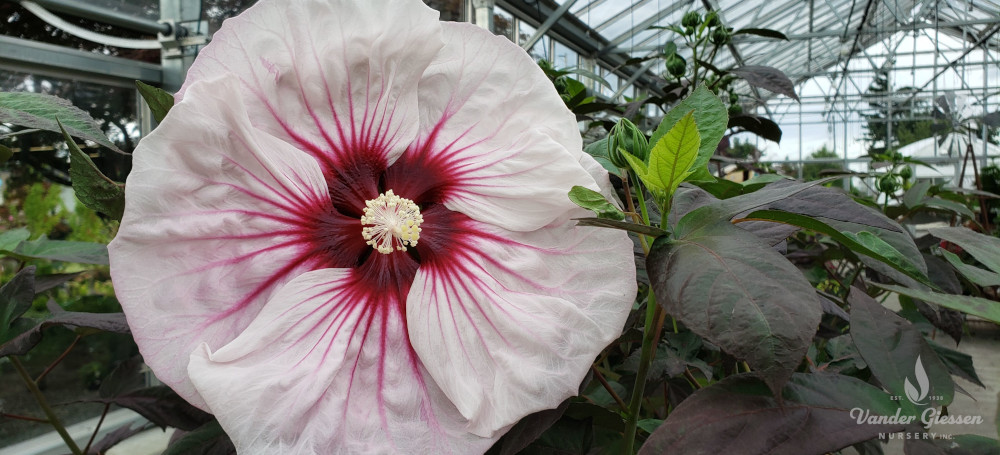
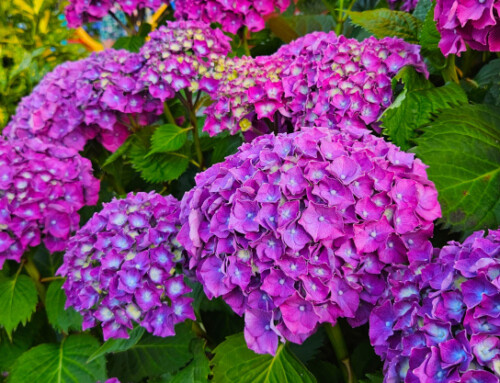
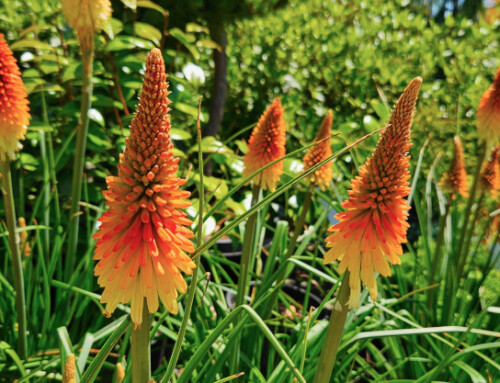
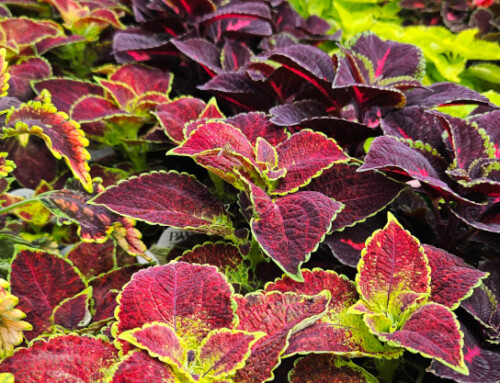
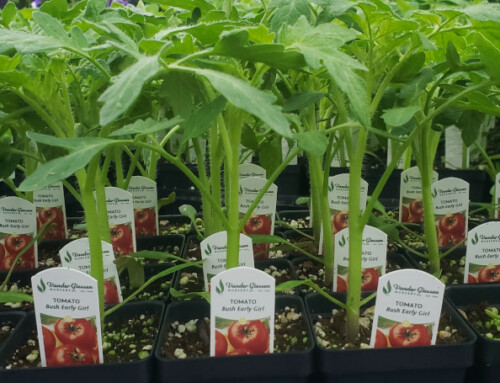
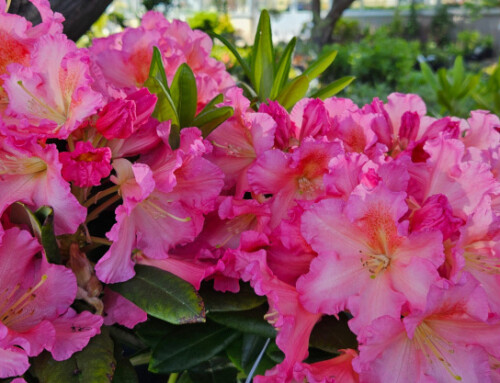
Leave A Comment